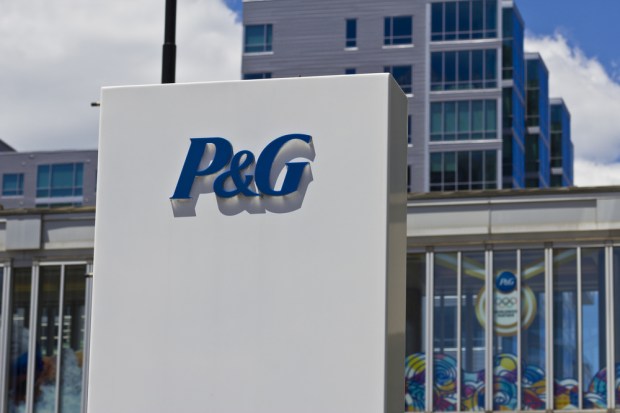P&G Says 6% Sales Increase Underpins Consumer Spending Resilience Amid Inflation

Procter & Gamble (P&G), the consumer goods giant known for brands like Tide detergent and Pampers diapers, announced first quarter fiscal year 2024 results on Wednesday (Oct. 18), reporting net sales of $21.9 billion, an increase of 6% from the prior year.
According to Jon Moeller, chairman of the board, president and CEO, the company’s strong results puts it on track to meet the higher end of its organic sales and is a reflection of US shoppers and their willingness to continue spending despite persistent inflation and economic uncertainty.
The positive sales performance of P&G aligns with the latest retail sales report, which has shed light on the resilience of households in the United States amid robust consumer spending during the month of September. This comes despite concerns about inflation, with the numbers indicating that consumers are still spending, albeit with some variations across different categories.
In September, overall retail sales increased by 0.7% compared to August, which itself saw a 0.8% increase from the previous month. Year over year, September’s sales were up by an impressive 3.8%. Grocery stores, for example, experienced a 0.4% increase in spending last month compared to the month prior, and a significant 1.6% increase compared to the same period last year. Health and beauty retailers also saw a substantial boost, with a 0.8% increase in spending from the previous month and an impressive 8.3% increase from last year.
It is important to note, however, that the Census Bureau’s numbers are not adjusted for inflation. When adjusted, the picture becomes more nuanced. Trailing 12-month data indicates that sales have gained 2.9%, but when adjusted for price gains, the boost is smaller at 0.8%. In fact, when adjusted for inflation, the trailing 12-month sales are actually 3% lower than sales during the corresponding period in 2021.
This suggests that consumers are buying less in real terms, despite spending more dollars. The impact of inflation is evident, as prices have increased significantly in recent years. Everyday goods and services are estimated to be as much as 20% more expensive than they were in January 2020, with costs of food, clothing, and shelter rising by 26% when excluding gas and energy prices.
Against that backdrop, consumers anticipate further price hikes and expect inflation to remain high until at least 2025, as noted in the ‘Consumers’ Economy Concerns and the Price of High Prices.
